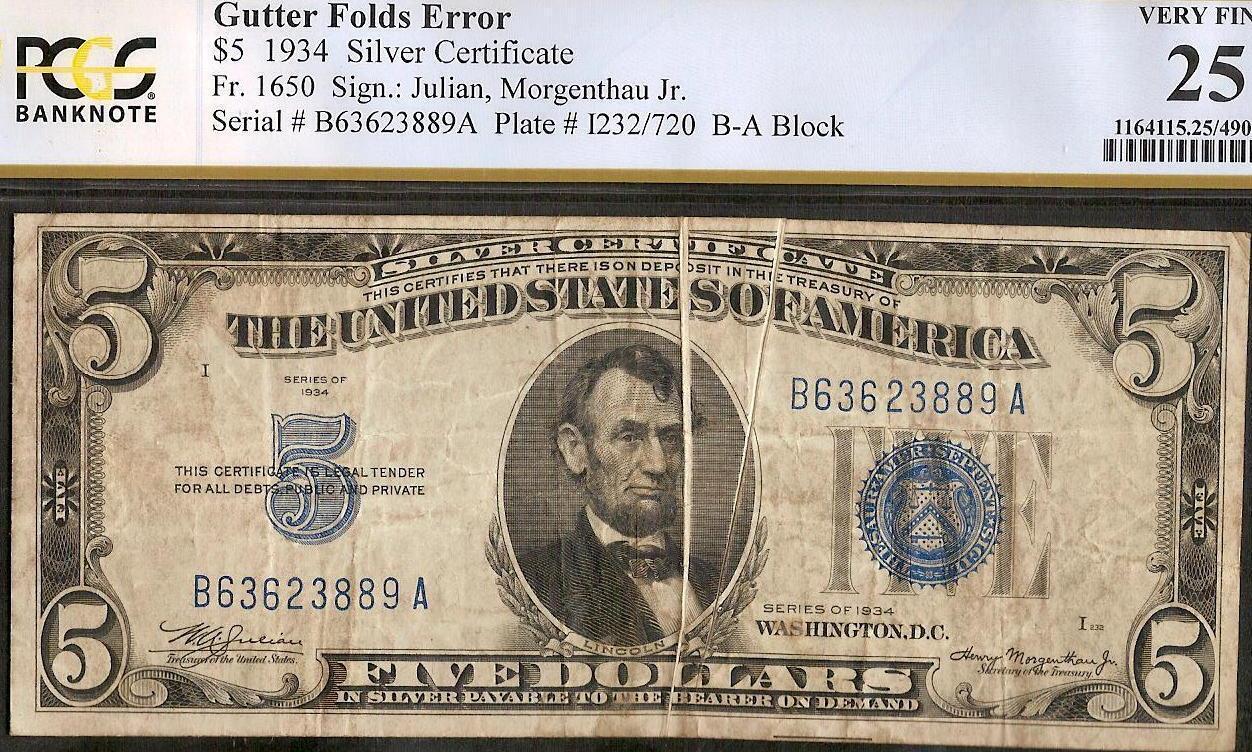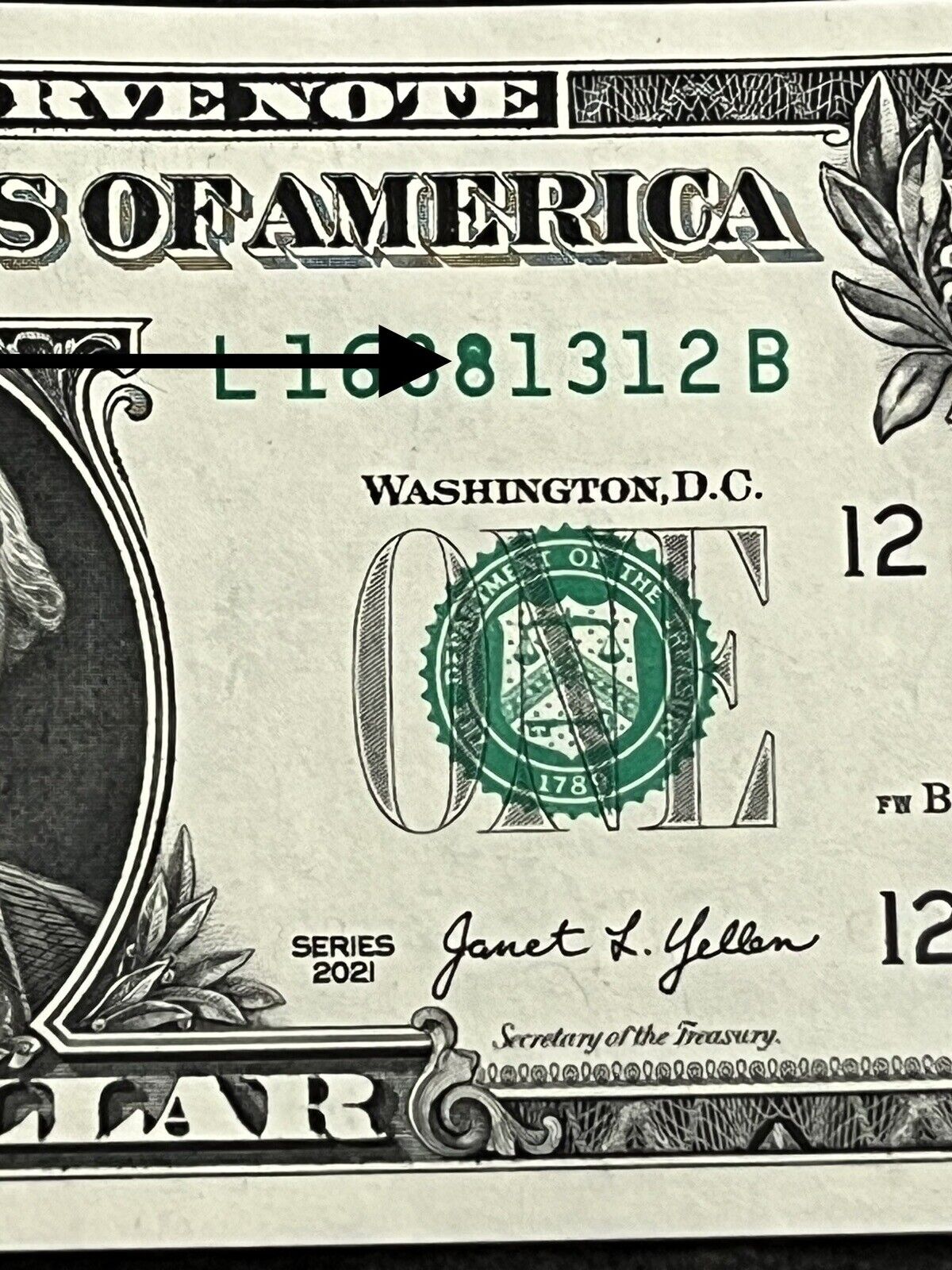-40%
1976 FRN UNCIRCULATED STAR NOTE LOW LO SER# 00050629 * RARE BRIGHT CRISP
$ 113.12
- Description
- Size Guide
Description
1976 FRN Uncirculated Star note LOW LOW SER # 00050629 * STAR NOTE, WITH ERRORS. UNREAL RARE FIND & A BRIGHT, CRISP KEEPER.This note is one of my absolutely favorite because it is,
(not saving this for last) a STAR note with errors. I'll describe the whole situation in detail. PLEASE READ ENTIRE OFFER. IT'S IMPORTANT AS I CANNOT ACCEPT RETURNS FOR REASONS NOTED BELOW.
1)
Great Old Uncirculated error
note. 1976, 44 years old. Many of these 1976 were used for and IN conjunction with First Day of Issue US Stamps making a fun sport for stamp and note collectors vying for these back in the day. Still folks look for these as patriotism is on the rise. Simple, 1976 is always a great note to collect.
2)
Condition
being the most critical factor in
ANY
note, coin or most any collectable is met with an
A+
here. In coins and paper money we use a scale of 0 - 70, 70 being the blue ribbon, the flawless, most perfect note or coin. This note is above 60, and with paper money, 60 is the dividing line between circulated, and uncirculated. Just about any note above 60 is called by some graders,
'GEM UNCIRCULATED'
. That designation is used mainly with coins to say, "I'm not sure what level, but it is uncirculated". This one for
SURE
fits at least that. I won't say it's a 70, because that is too rare to hope for.
3) It's an
ERROR
note. The quarry of
ALL
collectors, due to the fact that the mint and BEP (Bureau of Engraving and Printing) has quality controls beyond imagination. So, how can a note get out of the BEP with errors is simple. Humans watch over the fast spinning machines, and with the mis-timed blink of an eye, an error or mistake slips by.
BUT... Sometimes it happens. This is what creates my favorite note.
I'm not quite sure how it happens, I have to assume someone was about to go on vacation or a three day weekend or similar event when on about 4:59 on Friday afternoon before his or her holiday, they weren't paying attention. And listen to this...
Senario: The day is getting long in the tooth, an error note was being corrected, and the first thing is to discard the old notes to be reprinted, and the printer takes out the letter after the serial #, designating the location on the sheet of notes, and puts in a
STAR *
to designate that an error was detected and corrected and a new note printed.
Well, so much for that, because when the new note came through [in a rush? To meet a deadline or closing time?], the 'fixed' note slipped by, knowingly or not, and hit the streets. The one error is likely due to dirty ink rollers. And I got it!
So we have my favorite, note,
AN ERROR NOTE WITH ERRORS
. And more than one error this time, in fact we counted;
1) An
alignment error
, (the green or '3rd printing') was off a bit. See how the green seal is moved up AND TO THE LEFT, and not centered on the big grey "TWO" on the right side of the note? (along with that at the same time, the serial # isn't placed properly either. That's all one error.
2) The black seal on the left side of the note, with the designation "H" (For the Financial District of St. Louis, Mo.) is moved slightly up, out of alignment.
3) The over-inking error of the entire note. Splotches of ink can be seen throughout the entire face (obverse) of the note, ESPECIALLY in the big 'twos' in the upper corners. Look in the field, just above the big two in the lower left. More splotches.
4) It's an extremely low serial number starting with 000, AND
5) It's a STAR NOTE
LET'S LOOK AT THE PICTURES BY THE NUMBERS 1 - 12.
1) The front [obverse] of the note. The eye is drawn to the green seal, and one can see it is out of position.
2) The reverse of the note. One may see the upper edge is straight and full of over-inking. Bleed error. Likely from the note sheet below the sheet this note was printed on. That's a no-no. Another error.
3) Close-up of the shifted green seal (an error)
4) The over-inking of the whole note focused on the upper left 'TWO'.
5) An odd error, somehow the green ink was smeared to the right of the green seal. 'Smear error"
6) A more minor and sometimes I could say not an unusal error, but still, an error, the black seal is out of position, Called a shift error.
7) Another close-up of the overall over-inking in the upper left two.
8) A close-up of the over-inking of bleed inking likely from dirty rollers or from the sheet below. (If it's from the sheet below, one could say it's part of the other error, but that argument doesn't really hold water with graders.
9) Show the edges of the note, (or at least the upper edge and one corner) (Not enough photo slots to show everything.
10, 11 & 12) Shows with my special method of using strong lights above, below, and behind the note to highlight ANY errors or demerits which would lower the value of the note. AS the pictures show, this note has some minor items you may not be able to see, 1) a slight corner fold, 2) a strange vestige of a fold maybe, perhaps a roller caught and slowed the sheet going through the press. It is NOT a wallet-fold or pocket fold, as it doesn't go from top to bottom, it's an odd one, but notable. I don't see it in the pictures, but you will when you get it. It is reflected in the assumed grade and keeps it from being a 70 for sure.
Finding an error is one thing, and a huge bonus. Many collectors either never find an error note, or can't afford one. They usually aren't cheap, but rare things aren't. Are they?
BUT
, to find a Star note with errors is unreal. I can't figure it. (Am I repeating myself?)
SO... on to valuation.
The Whitman's Encyclopedia of U S Paper Money says errors are worth - . Now that is for the least of which errors go for. Other non-minor errors can be worth hundreds to thousands each. Usually notes have only one error, but TWO, show me one.
AND THIS ONE HAS THREE ERRORS!
People fight over them at auctions. Just go to Heritage auctions or Stacks & Bowers and try to get one cheap. Forgeddaboudit. AND if you look at the margins (the borders of the note) they are not cut right. Another alignment or cut error. So in
reality, that's three errors.
So easily, THIS note W-550-H* - F-1935H* in the Whitman's book is running bucks for a grade of 65, which I really feel it is, perhaps higher actually. So we start with , and add another each ERROR, and having 4 errors = 0, so that brings us to 0.00 so far.
Now what else. I get for husbanding it for a bunch of decades and keeping it nice for you, that's 5.00. Now another few bucks for shipping say, = 0.00 & now to the hammer price of EBay and Pay pal, figure their 13% in there (.25), Another .25 = 9.25 & about for shipping = 4.25 that should about do it. If you want to check my valuation, go to the auction houses, including eBay and verify it. BUT remember, Star notes with errors aren't sitting there too long.
Gonna take off for the lil fold and the weird crease, each... Gimme 4.25
WELL, you found a gem...
Good luck in your hunting, thanks for looking and if you want this one, good luck in the bidding. SECRET: Bid early often and HINT: BID LAST!
Capt. Brian
HINT #2: Making an offer isn't a felony.




















